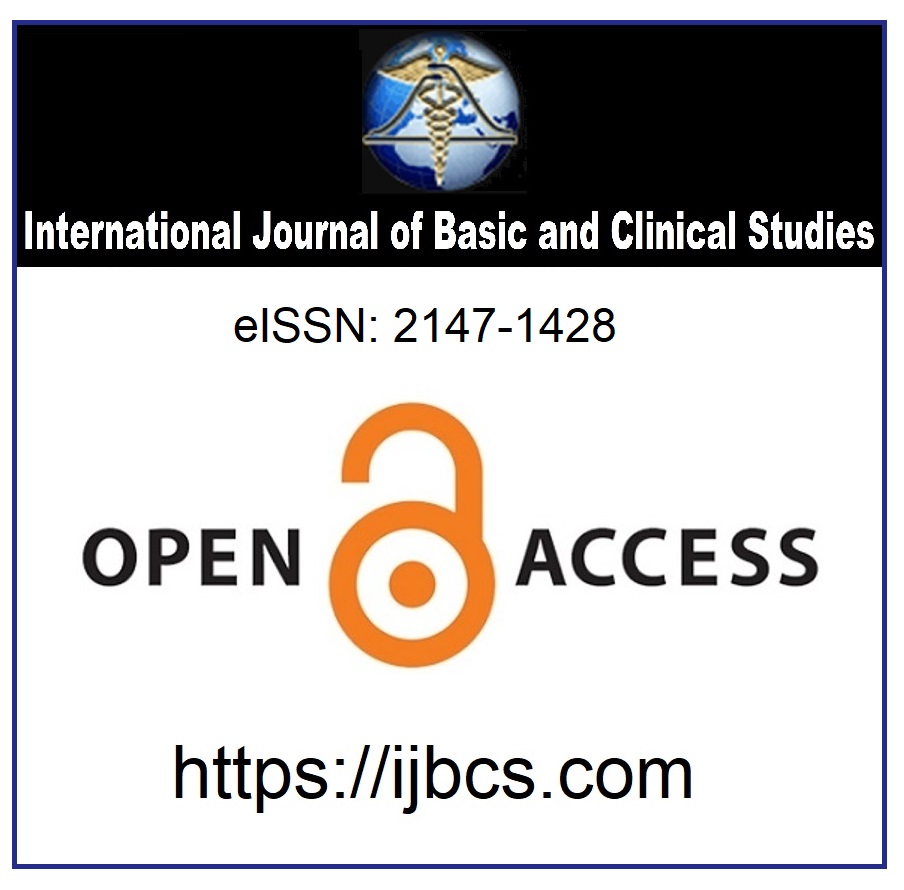The Importance of Biostatistical Methods in the “Evidence-Based Medicine”
Keywords:
Biostatistical Methods, Evidence-Based Medicine, Evidence, Multivariate Statistical MethodsAbstract
The levels of evidence were first described in a report by the Canadian Task Force on the Periodic Health Examination in 1979. Quantitative approaches has the strength of the evidence. Randomized controlled trials RCTs are considered the gold standard for determining evidence. The results of a quantitative study provide best evidence information by using statistical analyses. Statistics is a crucial process behind how we make discoveries in science, make decisions based on data, and make predictions. Statistical thinking and methods are important guide for all scientists. The investigator should use powerful statistical methods to increase the strength of the evidence and to interpret the results with a higher sensitivity. Using multivariate statistical methods that do not divide the whole and evaluates all variables together, it is a fact that more powerful results and comprehensive description of the typical relationship between variables will be obtained. This gives more sensitive, more correct results and powerful evidence compared to univariate methods. The purpose of further evidence-based statistical research is to prove the hypothesis correctly. In medical studies, statistical methods provide the best evidence. Since multivariate statistical methods are more powerful, they provide stronger evidence. In fact, the development of multivariate statistical methods had hardly begun in 1898, when Bumpus was writing. The correlation coefficient as a measure of the relationship between two variables was devised by Francis Galton in 1877. In short, all steps of the research should be based on evidence. In the first step of the research, the research design, sample size and power, sampling methods, statistical method, and interpretation of the results should have five evidence-based features.
Downloads
Published
How to Cite
Issue
Section
License
Copyright (c) 2019 by the Authors

This work is licensed under a Creative Commons Attribution 4.0 International License.



